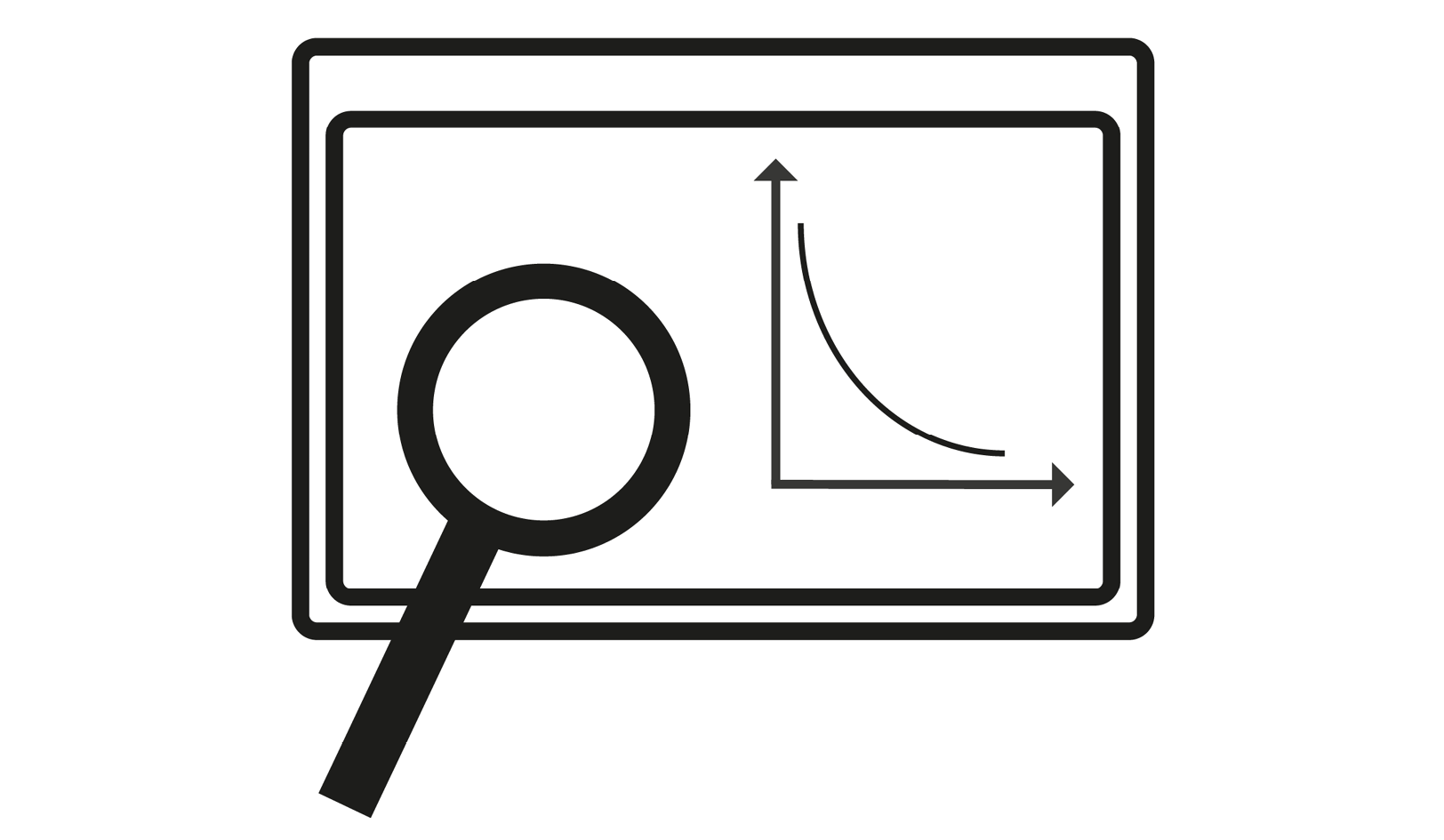In recent years the national healthcare sector in Denmark has been reorganized so that the delivery of healthcare for many chronic diseases are moved out of conventional settings in hospitals or general practitioner surgeries and into the private homes of patients. Alongside this development, targeted training programs have been instituted to provide patients with the knowledge, skill and expertise required for them to assume responsibility for monitoring and treating their own disease.
Employing multimodal conversation analysis, the project investigates how patients are trained to accurately use medical equipment and safely operate medical technologies relevant for their particular disease.
The project has three tiers:
- Nurses’ instructional practices:
The first tier concerns the instructional practices used by nurses to train patients. Having identified different instructional practices, it has described the verbal and embodied resources through which they are accomplished and explicated their various consequences for patients to participate in the performance of the medical procedure being trained as well as for the social and interactional tasks and challenges that they impose upon both patient and nurse in the training activity.
- Patients’ practices for showing developing understanding, skills and competence:
The second tier concerns the work patients do in order to make their developing understanding of the target medical procedure available in the training sessions. It aims to explore whether the verbal and embodied practices through which patients show, claim and demonstrate their competence can be traced longitudinally through the patient education program of each patient, and it describes whether and how these displays are oriented to by the nurses responsible for training the patients.
- Therapy-based bodily sensations
The third tier considers specifically instances when patients not only operate medical equipment but where the technology is somehow attached to or inserted in into their body and/or where patients’ body and the medical technology must somehow integrate to accomplish the medical therapy as a joint system. The tier aims to describe the practices used to make new sensory data socially available in order to train patients to be able to interpret them as e.g. surprising but safe and medically expected or as problematic and potentially dangerous.
The project draws on data from two different patient education programs for chronic disease self-management: a program in self-managed oral anticoagulation therapy wherein patients with an increased risk of thromboembolism are trained to use a portable INR-monitor to measure the coagulation value of their blood; and a program in automated home peritoneal dialysis wherein patients with end-stage renal disease are trained to cleanse their blood of excess fluids and waste products by means of a dialysis cycler that pushes dialysate into their abdominal cavity.
The project is a part of the research cluster Social Objects for Innovation and Learning (SOIL), which is funded by Velux. The third tier might furthermore concern the research cluster Social Senses.
Tine Larsen
